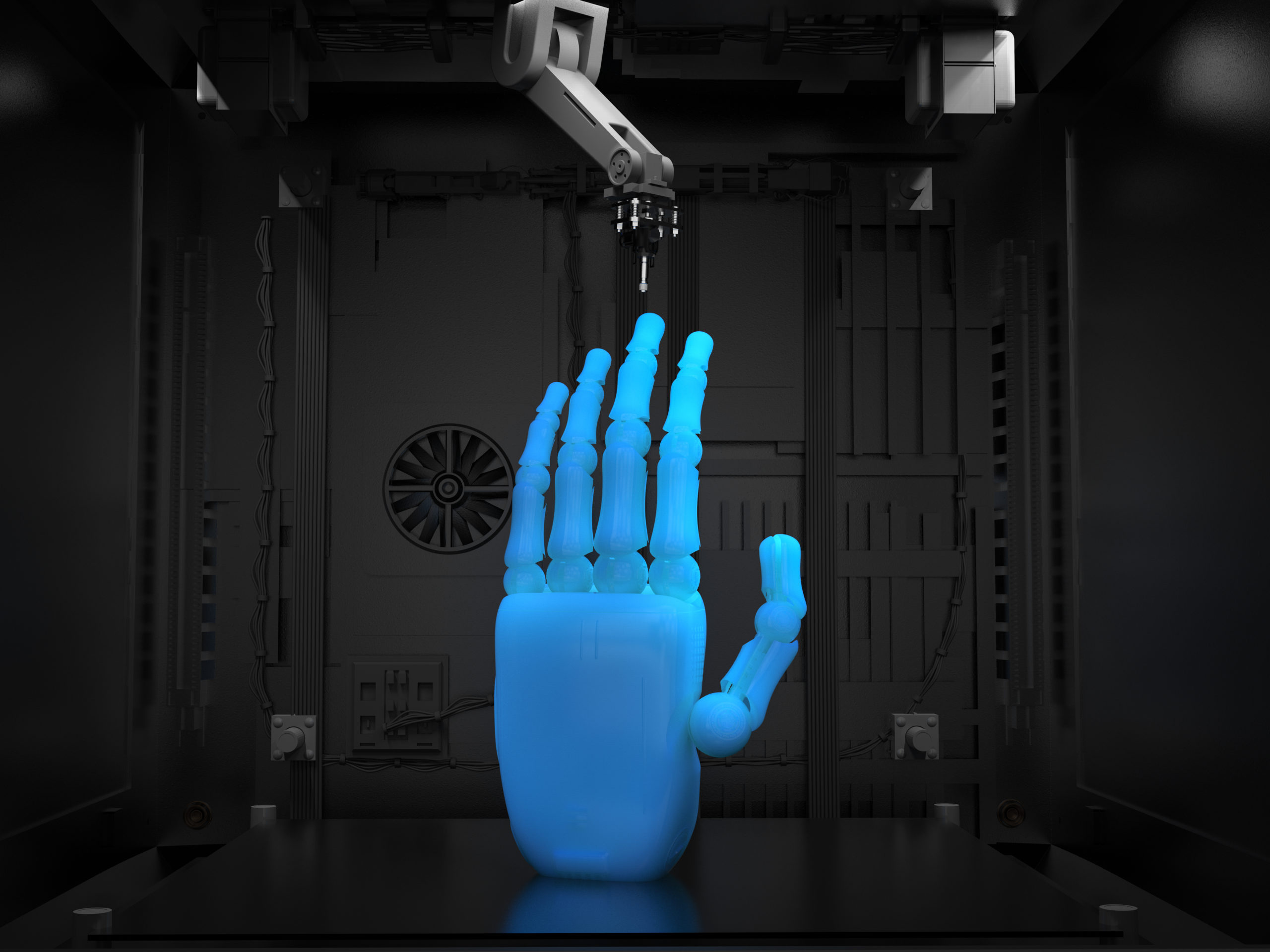A device can be registered for the De Novo pathway if there is evidence of the safety and effectiveness of the device and there is not a previously legally marketed predicate device1. When determining if your device can go through the De Novo process there are two pathways available to determine the device classification.
The device classification is determined through a Food and Drug Administration (FDA) risk-based evaluation for the device. The two-evaluation classification utilized are as follows:
- Option 1: After receiving a high-level not substantially equivalent (NSE) determination in response to a 510(k) submission.
- Option 2: Upon the requester’s determination that there is no legally marketed device upon which to base a determination of substantial equivalence1.
For option one there is no predicate device, a new intended use, or different technological characteristics than any marketed device which raised a question about the device’s safety and effectiveness. If the device falls into option two, a 510K was not submitted for the device, or a high-level substantially equivalent determination was not received. It is recommended by the FDA guidance to submit a pre-submission for the device to ensure the appropriate pathway is followed.
When submitting a De Novo request, ensure the aspects needed for acceptance of the request are provided. The FDA can deny any submission that does not include all the requirements such as a cover sheet, administrative information, device description and classification information, and supporting data.
Ensure your FDA De Novo Submission method includes a provided signed receipt of submission and or delivery. After a device is approved and classified through the De Novo Pathway it can be marketed and used as a predicate for future premarket submissions. If your company needs assistance with a De Novo submission or any other medical device submission type, EMMA International is here to help. Contact us by phone at 248-987-4497 or by email at info@emmainternational.com.
1FDA (January 2022) De Novo Classification Request, retrieved on June 26, 2022, from https://www.fda.gov/medical-devices/premarket-submissions-selecting-and-preparing-correct-submission/de-novo-classification-request#What_is_a_De_Novo_Classification_Request_





